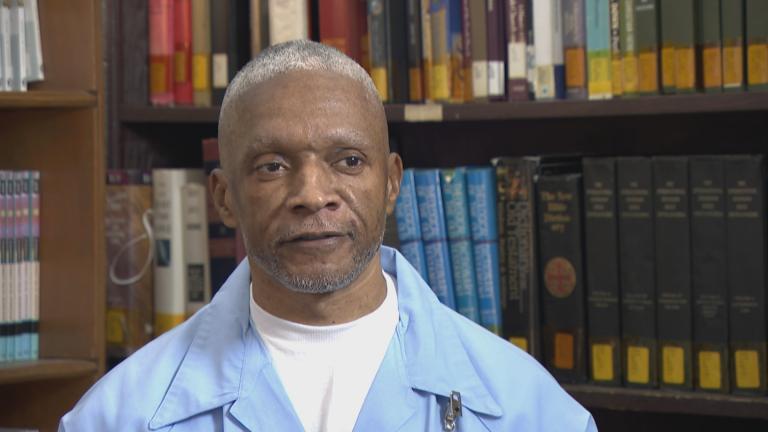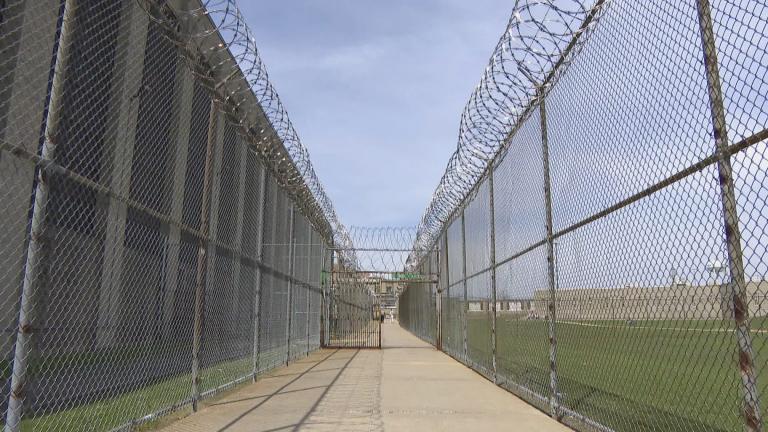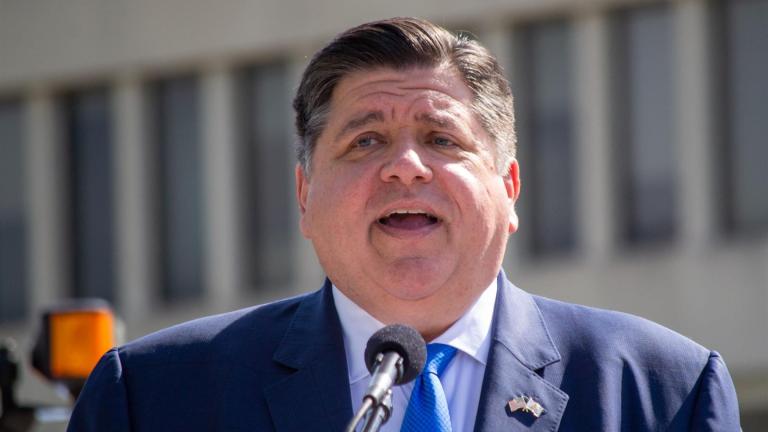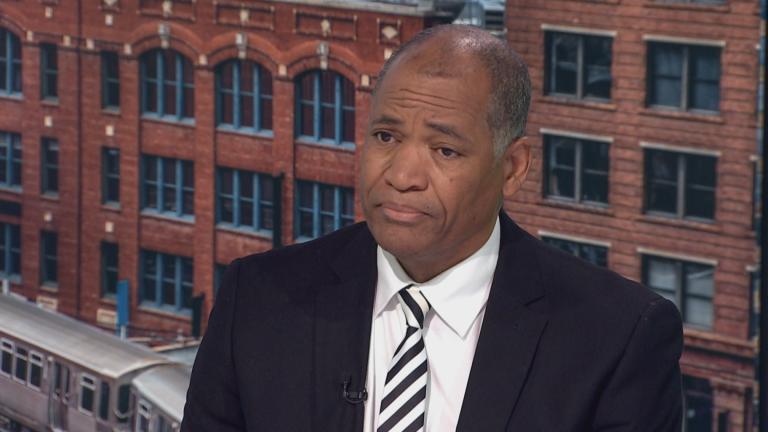Housing at Stateville Correctional Center is “not suitable for any 21st century correctional center.”
Logan Correctional Center is “inefficient, ineffective, and unsuitable for any population.”
Those determinations come from an independent report by justice facility planning firm CGL last year on the conditions in Illinois correctional facilities.
That report helped push Gov. J.B. Pritzker to announce a $900 million plan to demolish and rebuild the two prisons.
“These investments will allow staff to work in modern and safe facilities, ensure those who are incarcerated can safely serve out their sentences, and save taxpayers hundreds of millions in deferred maintenance costs from years of neglect,” Pritzker said in a statement.
A 2013 class action lawsuit instigated by Lester Dobbey, then incarcerated at Stateville, sought relief from the alleged inhuman conditions there.
James Soto, who was part of that suit while incarcerated at Stateville for 21 years, said the facility had poor infrastructure.
“Literally the ceiling was falling apart, parts of the wall had cracks in it and water would leak through, the water was toxic,” Soto said.
John Howard Association, a prison watchdog group, applauded the move from the state, but disagrees with the second part of the plan: rebuilding. They call for the permanent closure of some prisons, pointing to “close to 12,000 excess prison beds throughout the system”
“We simply don’t need all of these prisons,” said Jennifer Vollen-Katz, executive director of the group.
AFSCME Council 31, the union which represents prison workers, said the news raises more questions than answers.
While acknowledging that the facilities are in need of upgrades, they said it’s unclear in the interim what will happen to jobs, where inmates will go and the exact timeline of the plans.
The state estimates design and a build out of the new facilities will be completed over the next three to five years.
“The problem is what happens in the three to five years in-between. Where do those individuals go?” said Mike Newman, deputy director of AFSCME Council 31
Funding for the projects is part of Pritzker’s proposed capital infrastructure budget, which lawmakers are reviewing. They’re anticipated to finalize the budget in May.







